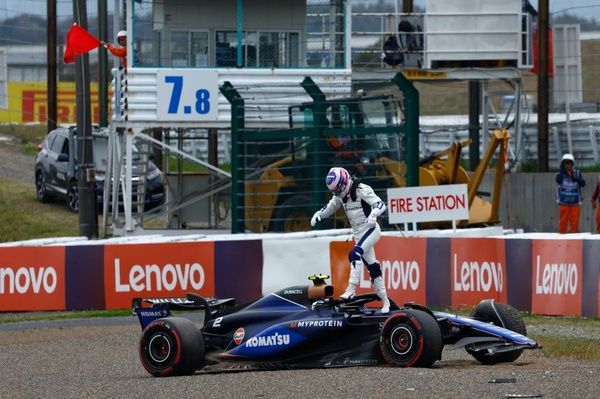Purnell: engine freeze good for F1
FIA technical consultant Tony Purnell is adamant that Formula One's manufacturers will be better off thanks to the introduction of a 10-year engine freeze in the sport

Although the sport's car makers are still pushing for their own 'Fuji-proposal' to freeze engines from 2010 to 2013, Purnell believes that the 10-year freeze regulations recently rubber-stamped by the FIA will actually be better for the sport's participants.
Purnell believes that the car makers will benefit not only in seeing a dramatic reduction in budgets, but also in being freed up to focus their efforts on environmental technologies like Kinetic Energy Recovery Systems (KERS).
"Car manufacturers are already working flat out to develop optimal low-emission engines and there is little that engine development programmes in F1 will add to this effort," Purnell said in the FIA's Automotive publication.
"However, in five years or so, their attention will turn more and more to subsidiary devices incorporating energy recovery. By opening up this area now, Formula One can make a real difference to this important facet of future car technology."
The FIA estimates that the 10-year engine freeze could cut budgets by half, especially now that manufacturers will no longer be allowed to spend money on fine-tuning minor items on the engines.
"Some manufacturers had project groups spending extravagant sums working on such minor areas as water pumps, exhaust pipes, inlet snorkels, the things around the engine that you were allowed to change.
"So we looked at that and saw that the only way to stop spending with finality is to prevent any changes whatsoever. Freeze the engine, freeze the peripherals as well, and do this long-term so there are no thoughts about retaining a department to develop future engines. This may seem brutal, but to contain spending, it delivers."
Although some manufacturers think the 10-year engine freeze goes against the quest for technological excellence, Purnell thinks that the introduction of KERS from 2009 will more than counter those feelings.
"KERS is something the public can understand quite easily. The technical challenge is huge and there will be very little constraint on it. This is very different to the current engine or chassis regulations, which are massively constrained. As a project it is one of the freest areas of development in F1 for the last 15 years."
And he thinks that success with KERS will open the way for different types of energy recovery systems to be used in the longer term.
"There will be technologies that will begin to become attractive to put on the car. For instance, researchers are developing a type of silicon that simply converts a heat gradient into electricity.
"Today they are very inefficient and bulky. But in future we can imagine such devices removing the need for an alternator and delivering significant amounts of power. Some 30 per cent of the energy available goes straight out of the exhaust pipe, so there's a lot of potential."
But Purnell adds the FIA is insistent that the manufacturers design their KERS around the current F1 engines, and not the other way around.
"Obviously if the teams were to redesign their engine blocks they could incorporate KERS in a much neater way. But this is hardly necessary. And as recent experience has shown, any opportunity to touch the engine is opening up a Pandora's box full of potential expenditure."
Be part of the Autosport community
Join the conversationShare Or Save This Story
Subscribe and access Autosport.com with your ad-blocker.
From Formula 1 to MotoGP we report straight from the paddock because we love our sport, just like you. In order to keep delivering our expert journalism, our website uses advertising. Still, we want to give you the opportunity to enjoy an ad-free and tracker-free website and to continue using your adblocker.















Top Comments